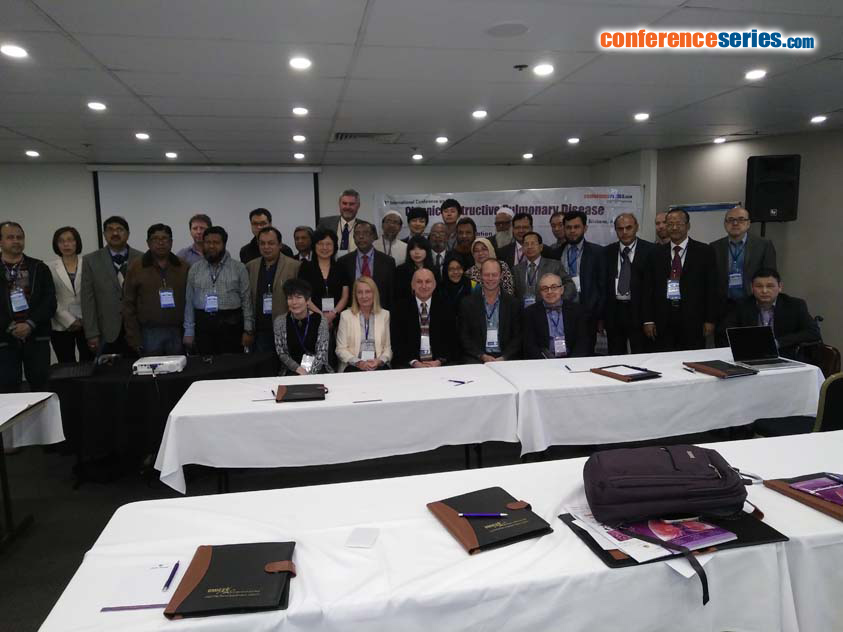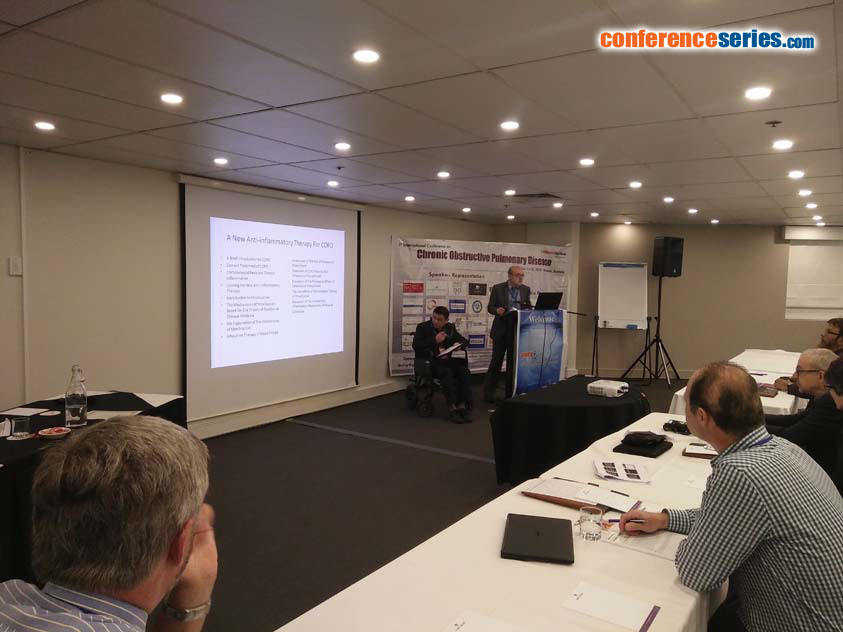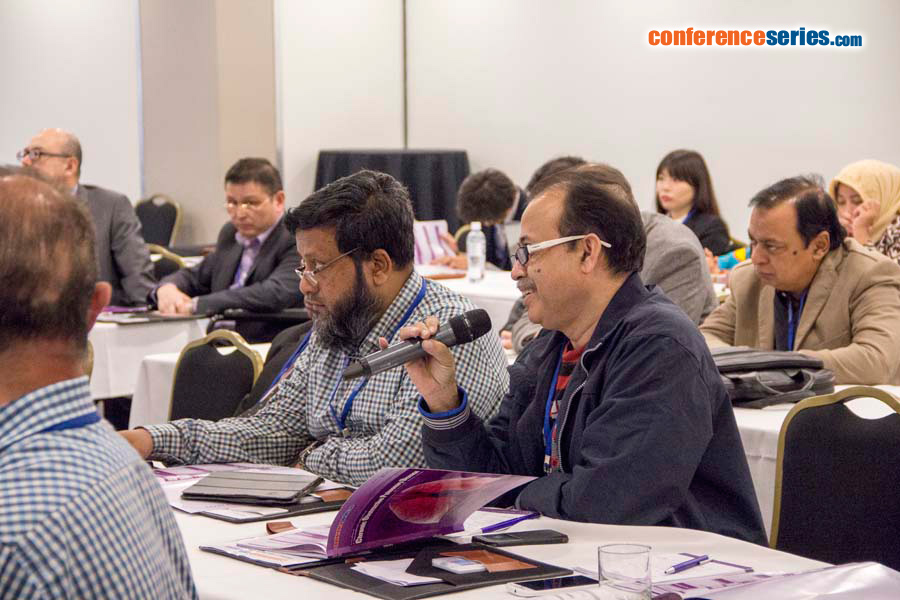
Qian Zeng
General Practitioner
Medi7 Clinic Bentleigh
Australia
Title: A New Anti-inflammatory Therapy for COPD
Biography
Biography: Qian Zeng
Abstract
COPD is a chronic progressive inflammatory lung disease. It is caused by various stimuli, like smoking, air pollution, exposing to noxious chemicals and recurrent infections. All these stimuli can cause small airway and lung tissue injury, which induces an inflammatory reaction. Prolonged inflammation further damages small airway and lung tissue, subsequently the inflammation becomes self-perpetuating, i.e. the inflammation will last for ever even when the initial stimuli are eliminated. The activated neutrophil and alveolar macrophage produce neutrophil elastase and macrophage elastase, these two proteolytic enzymes cause disruption of the wall of alveoli and fusion of alveoli, resulting in decreased gas-exchanging surface. Activated inflammatory cells also produce various inflammatory factors, which stimulate secretion of mucus and cause fibrosis and thickening of the wall of small airway, all these increase the obstruction of small airway, reduce the air flow. The ongoing inflammation in small airway and lung tissue will continue to cause tissue damage, as a result, the lung function in COPD patients will progressively deteriorate. The key in treating COPD is to treat the inflammation. Current treatment of COPD are LAMA, LABA and ICS. LAMA and LABA only treat the symptoms of COPD by dilating the small airway, they do not target the underlying mechanism of COPD (the inflammation). ICS can only temporarily supress the inflammation in COPD, cannot really terminate the inflammatory reaction and therefore it cannot stop the progression of COPD, though it is the mainstay of treatment of COPD. The inflammation in COPD is partially resistant to steroid. The underlying mechanism sustaining the chronic inflammation in COPD is due to a bidirectional intercellular reactions between T cell and alveolar macrophage and/or neutrophil. The activated T cell produces cytokines, which activate alveolar macrophage and/or neutrophil, in turn, activated alveolar macrophage and neutrophil produce interleukins XII and other cytokines to activate T cell. Once this vicious intercellular reaction established, it cannot be disrupted and will last for ever. This is the common mechanism of all self-perpetuating chronic inflammation, no matter what the initial stimuli are or in what tissue or organ the inflammatory reaction occurs. Steroid resistant is a big issue in treating COPD and other chronic inflammatory lung diseases, like asthma, pulmonary fibrosis. In order to effectively treat COPD, we must find new anti-inflammatory therapies or developing new anti-inflammatory drugs.





